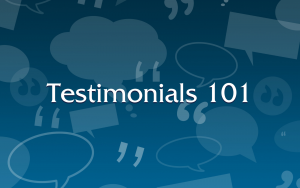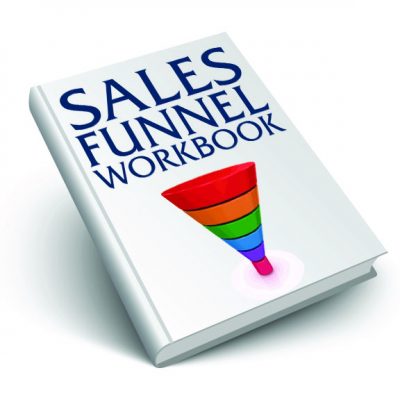
Best Subject Lines of 2021
Every year, I listed the best email subject lines according to my personal email inbox.
My Totally Biased Judging Methodology
- 3rd place – You are on the list. Sometime in the past year, I opened one of your emails and thought, ‘Hey, that got my attention.’ I put a label on your email so you would be on this list when it came out.
- 2nd place – You are on this list more than once.
- 1st place – You have written more subject lines on this list than anyone else.
Since I subscribe to digital marketers and sales leaders, the content of the subject line skews to that school of thought. But I follow these people the most because they write the best email subject lines, and are more likely to contribute to my swipe files.
3RD PLACE – Best Email Subject Lines of 2021
- There’s something you’re not telling me – Allie Bjerk
- My blood is boiling – Becky Mollenkamp
- We can read you like a book – Book Depository
- Simple Steps to Sell More – Brian Tracy
- The Duarte Maneuver – Chris Brogan
- [Resources] how to make marketing simplier – Marketing Made SImple Giveaway – Chris Kyle
- pain in the Ads? – Claire Pelletreau
- These Life Coaching websites share their desogn secrets – David from Thrive T.
- 7 habits to 7-figures – Denise Duffield
- Open soon: an offer in this email expires today – Donald Miller
- The one email you NEED to open today – [email protected]
- [Freebie alert] dust off your blackboard, firends – it’s HOT. – Hillary Weiss
- How To Become An Exponential Entrepreneur – Jay Abraham
- 16 techniques to power up your content creation – Jay Baer
- 6-Figure Upgrade! <– 48-hr replay access – Jeanna Gabellini
- Will your book fail? – Kelly Irving
- Do you do this? – Laura Simms
- Now Is The Time to make LinkedIn a Strategic Priority. Here’s Why. and more… – LinkedIn Maketing
- Tina Fey is not on Twitter – Margo Aaron
- Begging Jesus didn’t work – Marilyn Alauria
- [Free PDF Checklist] Your “Viral Marketing” Guide – Marisa Murgatroyd
- Is Importer Syndrome destroying your sales, Caelan? – Melanie Benson
- is this you? – Michelle Mazur
- The News Is Out!!! – Mira Kelley
- Caelan, Do You Like Surprises? – Nancy Snowden, MPI
- Ready to do less, and earn more? – Natalie Sisson
- Sorry Caelen 🙁 – Navid Moazzez
- Do I know you? – Rob Hatch
- ShallI Wave Goodbye to You? – Patricia Fripp
- I get it Caelan – Selena Soo
- Renew your certification before it expires – Skillshop
- Don’t miss this epic oppourtunity – Stephan Spencer
- BP#3: The F___ F___ Expert – Stephanie
- Not the letter I thought I would write you for my birthday – Tanya Geisler
- [COUNTDOWN] Reason 3: Being nice is overrated – Terri Trespicio
- Stop lying to yourself – Trevor McKendrick
- Spend less time on email – Vanessa Van Edwards
2ND PLACE – Best Email Subject Lines of 2021
Those who earn 2nd Place in this annual contest make it on the best subject line list more than once.
- Why did this headline beat the control by 50%? – Eddie from VGC
- Your new, personal “Unique VGC Link” is inside – Eddie from VGC
- the only real question – Jeff Walker
- pricing your offer (It’s psychological) – Jeff Walker
- Can you get fully booked with clients by 2022? – Kamila Gornia
- Ever feel awkward when selling? Open this – Kamila Gornia
- can you pls help me with this? – Marie Forleo
- can you say GUT punch!!! – Marie Forleo
- Mischief managed – Marketing Brew
- Warning: Marketing Brew coming in hot – Marketing Brew
- I’m not who you think I am – Marley Jaxx
- Are your dreams too small? – Marley Jaxx
- [RSVP] How avoid the “Grounding Year” – Marquel Russell
- I don’t mean to alarm you but… – Marquell Russell
- [FREE] Download my Cheat Sheet – Pat Flynn
- Learn these powerful email marketing strategies – Pat Flynn
- Money is on the way! – Ryan Levesque
- Would you spend $47 to make $4,753? – Ryan Levesque
- tl;dr: Ecommerce success in 5 simple steps – Ryan Levesque
- Why I’ve devoted my life to this –> – Amy Porterfield
- Don’t do what I did – Amy Porterfield
- Maybe the best thing I’ve ever made – Amy Porterfield
1st Place – Best Email Subject Lines of 2021
Yael Bendahan
Yael Bendahan is an online marketing and growth strategist, and specializes in training women to grow their business.
Yael’s Best Email Subject Lines of 2021
- can I promote you in Q1? – Yael Bendahan
- do you see that elephant in the corner? – Yael Bendahan
- want to hit your income goals this month? (and next?) – Yael Bendahan
- the daily affirmation that changed everything for me – Yael Bendahan
 I’ve been collecting the best subject lines from my inbox every year for a while (see previous yearly roundups here). Feel free to review these subject lines, click through to the authors, and subscribe to their email newsletters (if someone is on this list, they are worthy to follow).
I’ve been collecting the best subject lines from my inbox every year for a while (see previous yearly roundups here). Feel free to review these subject lines, click through to the authors, and subscribe to their email newsletters (if someone is on this list, they are worthy to follow).
Once you learn about writing better email subject lines, it’s time to automate your marketing! My Marketing Automation Planner takes you step-by-step through the process to create a lead generation machine. Get all my best tools, templates, and workbooks here:

About The Author
Caelan Huntress is the father of 3 kids, and in his spare time serves as creative director of Stellar Platforms. He is also a writer, digital marketer, multimedia producer, and a retired superhero. He blogs about his adventures on https://caelanhuntress.com.



 “Caelan has a great way of taking your vision and making it a reality. He works really well with visionaries – I speak it, and he makes it happen! His website design for The Aware Show really captured my personality, and his project management skills kept my entire team on track. The beautiful summits he put together helped us to grow our list and expand our audience. Caelan is always positive and keeps a positive outlook on life!”
“Caelan has a great way of taking your vision and making it a reality. He works really well with visionaries – I speak it, and he makes it happen! His website design for The Aware Show really captured my personality, and his project management skills kept my entire team on track. The beautiful summits he put together helped us to grow our list and expand our audience. Caelan is always positive and keeps a positive outlook on life!”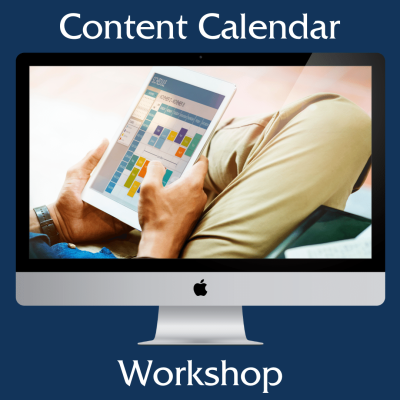
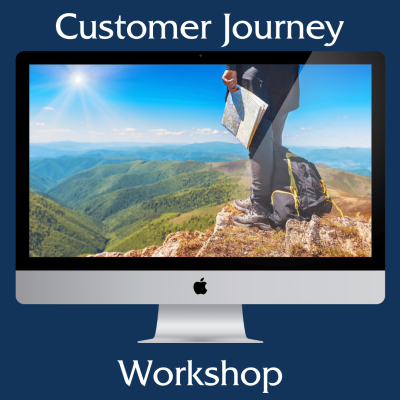

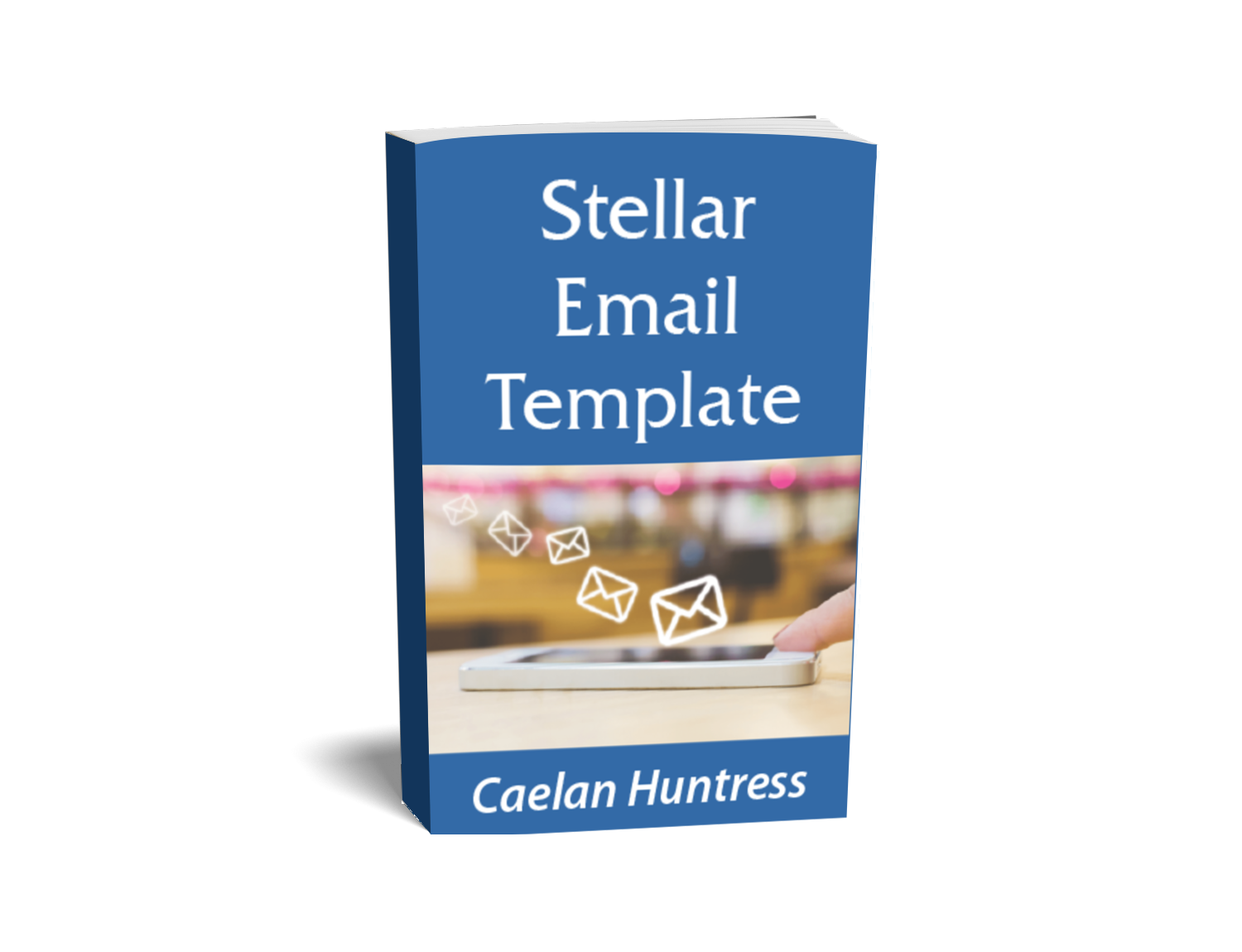






 I am an American expat living in New Zealand, and I have spent ten years running an online business while traveling the world with my young family. I'm a website designer, copywriter, and sales strategist who specializes in creating online courses and sales funnels for bestselling authors, business coaches, and professional public speakers.
I am an American expat living in New Zealand, and I have spent ten years running an online business while traveling the world with my young family. I'm a website designer, copywriter, and sales strategist who specializes in creating online courses and sales funnels for bestselling authors, business coaches, and professional public speakers. 